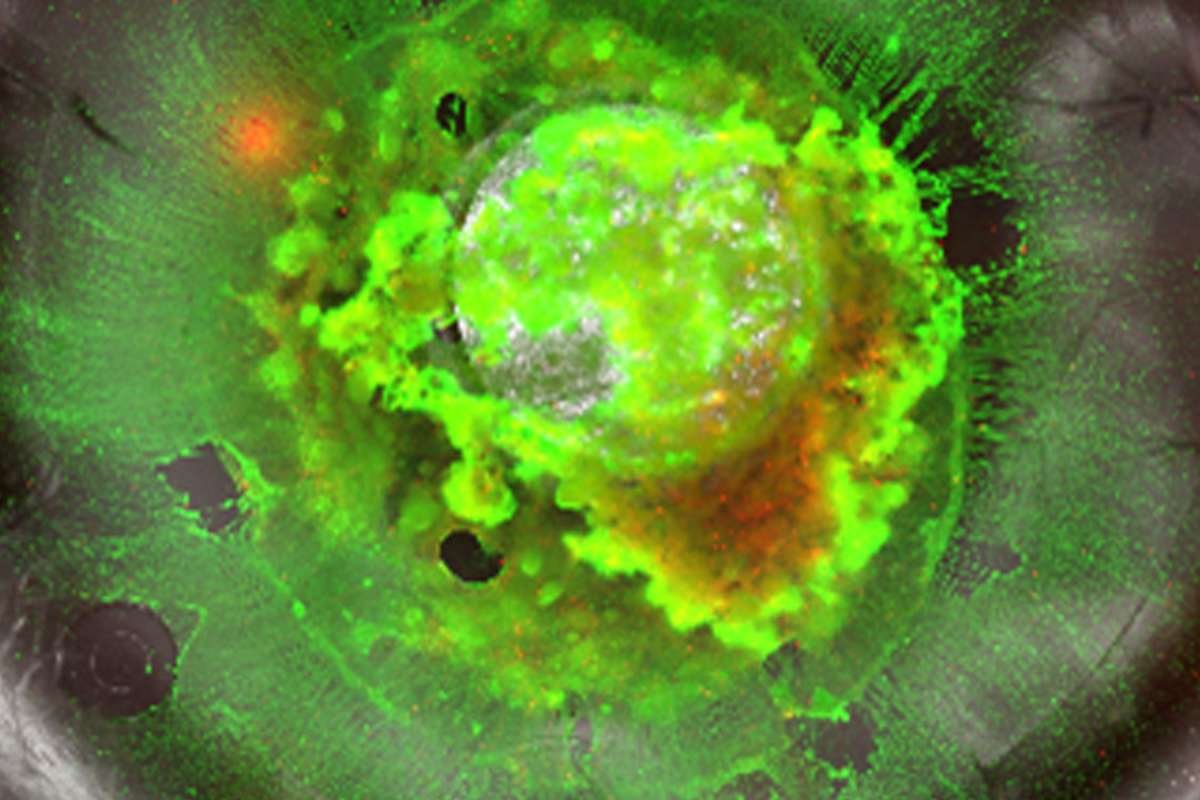A collection of uncommon and confusing diseases known as amyloidosis is defined by an aberrant build-up of misfolded proteins known as amyloids. This article explores the complex interactions between genetic and environmental factors that lead to the development of amyloidosis problems, as well as the disease’s various manifestations and underlying mechanisms.
A range of disorders are collectively referred to as amyloidosis, and they are all linked to the buildup of particular kinds of amyloid fibrils in different organs and tissues. The complexity of it is highlighted by the variety of its manifestations, which range from localized forms that target specific tissues to systemic involvement affecting several organs.
Deciphering the various subtypes of amyloidosis, including primary, secondary, and inherited forms, serves as a basis for deciphering the subtleties of this complex medical condition.
Unveiling Amyloidosis: A Complex Spectrum of Disorders
1. The Culprit
Misfolded Proteins and Amyloid Fibrils At the heart of amyloidosis lies the aberrant folding of proteins, leading to the formation of insoluble amyloid fibrils. This section explores the normal process of protein folding and the deviations that result in misfolded proteins. The consequences of these misfolded proteins, specifically the aggregation into amyloid fibrils, become the hallmark of it, impacting the structure and function of affected tissues and organs.
The pathogenic role of amyloid fibrils extends beyond their physical presence; these abnormal protein aggregates often trigger inflammatory responses and disrupt normal cellular processes. Investigating the molecular intricacies of protein misfolding and amyloid formation provides crucial insights into the mechanisms underlying it and lays the groundwork for potential therapeutic interventions.
2. Genetic Predisposition

Hereditary amyloidosis introduces a hereditary component into the complex narrative of amyloid disorders. This section delves into the genetic mutations associated with specific forms of it, exploring how these mutations influence the production of misfolded proteins and contribute to familial patterns of disease transmission. Understanding the genetic basis of hereditary amyloidosis is pivotal for both diagnosis and potential genetic interventions.
It is a subset of amyloid disorders and brings a genetic dimension to the intricate tapestry of these conditions. This section further elucidates the genetic underpinnings of hereditary amyloidosis, unraveling the specific mutations linked to distinct forms of the disorder. These genetic alterations play a critical role in the synthesis of misfolded proteins, laying the groundwork for familial patterns observed in disease transmission.
A nuanced exploration of its genetic basis not only contributes to diagnostic precision but also opens avenues for potential genetic interventions, reflecting the evolving landscape of personalized medicine in the realm of amyloid disorders.
3. Systemic Impact
Amyloidosis Across Organs and Systems Amyloidosis can manifest as a systemic disorder, affecting multiple organs and systems throughout the body. This section navigates the intricate landscape of it, examining its impact on vital organs such as the heart, kidneys, liver, and nervous system. The diverse clinical presentations underscore the challenge of diagnosing and managing systemic amyloidosis, requiring a multidisciplinary approach to address the complexities of organ involvement.
It casts a wide-reaching impact, transcending individual organs and permeating multiple systems within the body. This segment delves into the pervasive nature of systemic amyloidosis, exploring its repercussions on critical organs like the heart, kidneys, liver, and nervous system. The multifaceted clinical manifestations accentuate the intricacies associated with diagnosing and managing systemic amyloidosis. Effectively addressing the complexities of organ involvement necessitates a comprehensive, multidisciplinary approach, underscoring the intricate interplay between amyloid deposits and the diverse physiological landscapes they infiltrate.
4. Diagnosis and Challenges

Deciphering the Amyloid Puzzle Diagnosing amyloidosis poses significant challenges due to its diverse clinical presentations and the overlap of symptoms with other medical conditions. This section explores the diagnostic methods employed, from tissue biopsies and imaging techniques to advanced laboratory assessments. Additionally, it addresses the complexities of differential diagnoses and the importance of accurate and timely identification to guide appropriate treatment strategies.
5. Treatment Landscape
Navigating Therapeutic Avenues The management of amyloidosis involves a multifaceted approach that considers the underlying subtype, organ involvement, and individual patient factors. This section explores the current therapeutic landscape, encompassing interventions such as chemotherapy, immunomodulatory agents, and organ-specific treatments. The evolving nature of it contributes to ongoing efforts to develop targeted therapies, emphasizing the need for personalized treatment strategies tailored to the unique characteristics of each case.
6. Future Directions
Advancements in Amyloidosis Research As our understanding of amyloidosis deepens, this section delves into the promising advancements in research and potential avenues for future exploration. From novel therapeutic targets to innovative diagnostic approaches, the evolving landscape holds the key to improved outcomes for individuals affected by these challenging disorders. The collaborative efforts of researchers, clinicians, and the broader scientific community play a pivotal role in driving progress and shaping the future of amyloidosis management.
7. Patient Perspectives

Navigating Life with Amyloidosis The lived experience of individuals facing it provides a unique perspective on the challenges, resilience, and hope associated with these disorders. This section features personal narratives, shedding light on the impact of amyloidosis on patients’ lives, the importance of support networks, and the role of advocacy in raising awareness and driving research initiatives. By amplifying patient voices, we gain a deeper understanding of the human side of it and the ongoing journey toward improved treatments and quality of life.
Conclusion
To sum up, amyloidosis is a complicated and diverse set of illnesses that necessitate in-depth knowledge, interdisciplinary cooperation, and continuous study. Exploring amyloidosis spans a wide and ever-changing terrain, from deciphering the molecular complexities of misfolded proteins to negotiating the clinical obstacles of diagnosis and therapy.
The combined dedication of the medical community, researchers, patients, and advocates becomes the engine pushing us toward a future with more efficient treatments, precise diagnostics, and, ultimately, a deeper understanding of these mysterious disorders as we work to improve outcomes and improve the lives of those impacted by amyloidosis.
Also Read: TAZ And YAP Proteins Control The Growth Of Bones In The Womb











